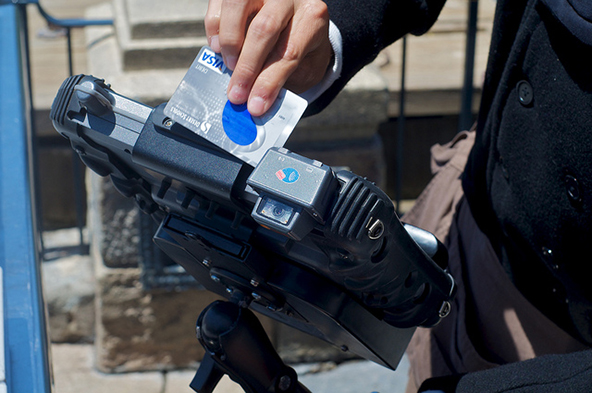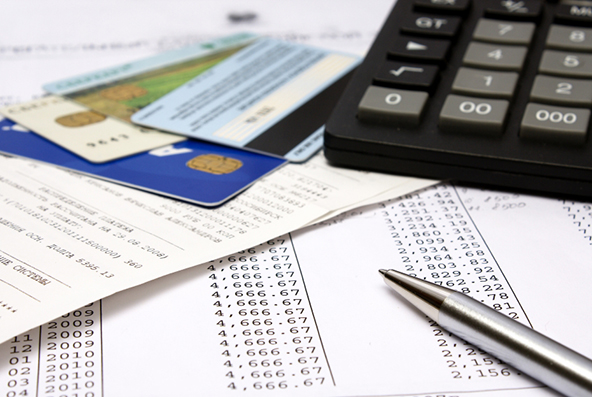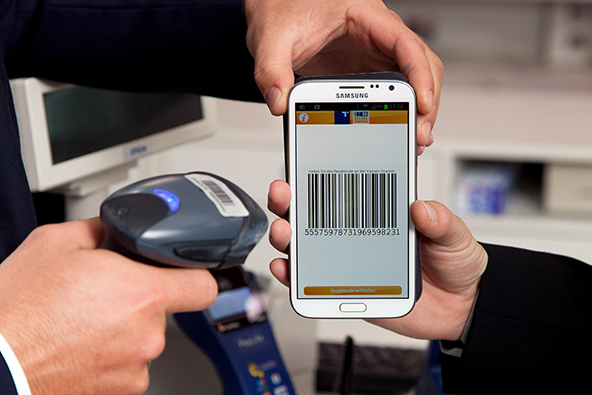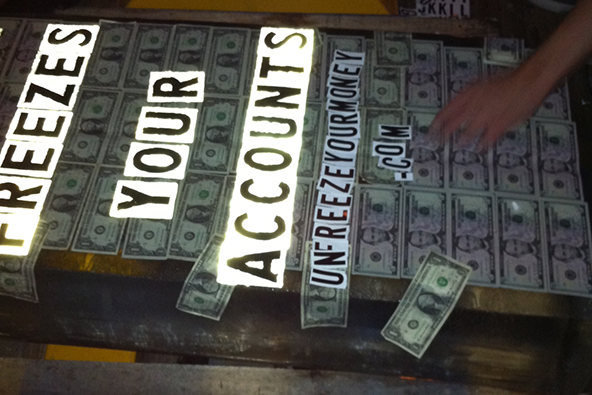6 Steps to Processing Card-Present Transactions

It has often been said on this blog that the face-to-face environment of a physical retail store presents a much more secure setting for the processing of credit card payments. Typically, brick-and-mortar retailers are enjoying lower levels of fraud and chargebacks. Yet, this should not be a reason for complacence. Plenty of things can and often do go wrong with card-present transactions that could very easily have been prevented.
In this post I will offer 6 simple steps for processing face-to-face payments. If you follow them in each of your sales transactions, your fraud rate will decrease significantly.
Once a credit card is swiped through the point-of-sale (POS) terminal at the checkout of your store to complete a transaction, you need to take possession of it and perform the following actions:
- Check the card expiration date. The first thing you should do is check the card’s expiration date. The card is valid through the last day of the month embossed on the front of it. You are not allowed to accept expired cards and should ask your customer for a different payment method. Alternatively, you can call your processing bank’s authorization center for instructions on how to proceed.
- Verify the card signature. Next you need to check the signature on the back of the card and verify that it matches the name embossed on the front of the card. If the card is not signed, you need to do the following:
- Obtain transaction authorization the way you normally would.
- Ask your customer to provide a government-issued ID and confirm his or her identification.
- Ask that your customer signs the back of the card. If he or she refuses, do not complete the transaction.
You may sometimes see the words “Ask for a Photo ID” or something to that effect written in the signature panel on the back of the card, in place of an actual signature. The cardholder may have done that because he or she has been led to believe that it reduces the risk of fraud. However, per Visa and MasterCard regulations, the card is considered unsigned and you should follow the procedures listed above. - Obtain authorization. Next you should obtain an authorization approval for the transaction from the card issuing bank. All card-present transactions above your floor limit, which should be listed in your processing agreement, must be approved. Typically, the floor limit of card-present transactions is $25, although it can be as high as $50.
If you are using a POS terminal, you are required to transmit with the authorization request the full magnetic stripe data, obtained when the card is swiped through the terminal. If the magnetic stripe cannot be read and you have to key the transaction information in instead, you should also take a manual imprint to validate that the card is present. If you don’t have a manual imprint to go with any key-entered transaction, you will be liable for any resulting chargebacks.
If your POS terminal is unable to connect and obtain an authorization approval electronically, you should call your processor for a voice authorization. Be advised that transactions processed without first obtaining an authorization approval may be immediately charged back to you.
If you ship an item or provide a service more than thirty days after the order is placed, you need to obtain an authorization both at the time the order is made and again immediately before shipping the product or providing the services to the cardholder. - Examine the card. While waiting for the authorization result, check the card’s security features. Make sure that the card’s account number, expiration date and security code have not been altered or tampered with.
- Generate a sales receipt. All merchandise and / or services purchased at one time and at one POS terminal must be included on one sales receipt. Split sales, where a merchant uses two or more sales receipts for a single transaction, are not allowed, except for partial payments. You must give your customer a copy of the sales receipt at the time the transaction is completed. At a minimum, the sales receipt must include the following information:
- The card account number.
- The cardholder’s name.
- The card’s expiration date.
- Your business name and address.
- A description of the purchased merchandise or service.
- The total transaction amount (including sales tax and / or tip).
- The transaction date.
- Obtain your customer’s signature. In all card-present transactions, unless the cardholder uses a personal identification number (PIN), he or she must sign the sales receipt. Once the receipt is signed, compare the signature on it with the one on the back of the card. If it appears that the two don’t match, make a Code 10 call your processing bank for instructions.
These are the rules of accepting credit card payments face-to-face. If you follow them for each transaction, you stand a great chance of eliminating, or at least significantly minimizing, fraud. Customer disputes and chargebacks will also be reduced, however they can also be caused by factors that have nothing to do with payment processing procedures.
Image credit: Makinsensebabe.com.


